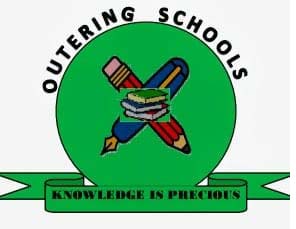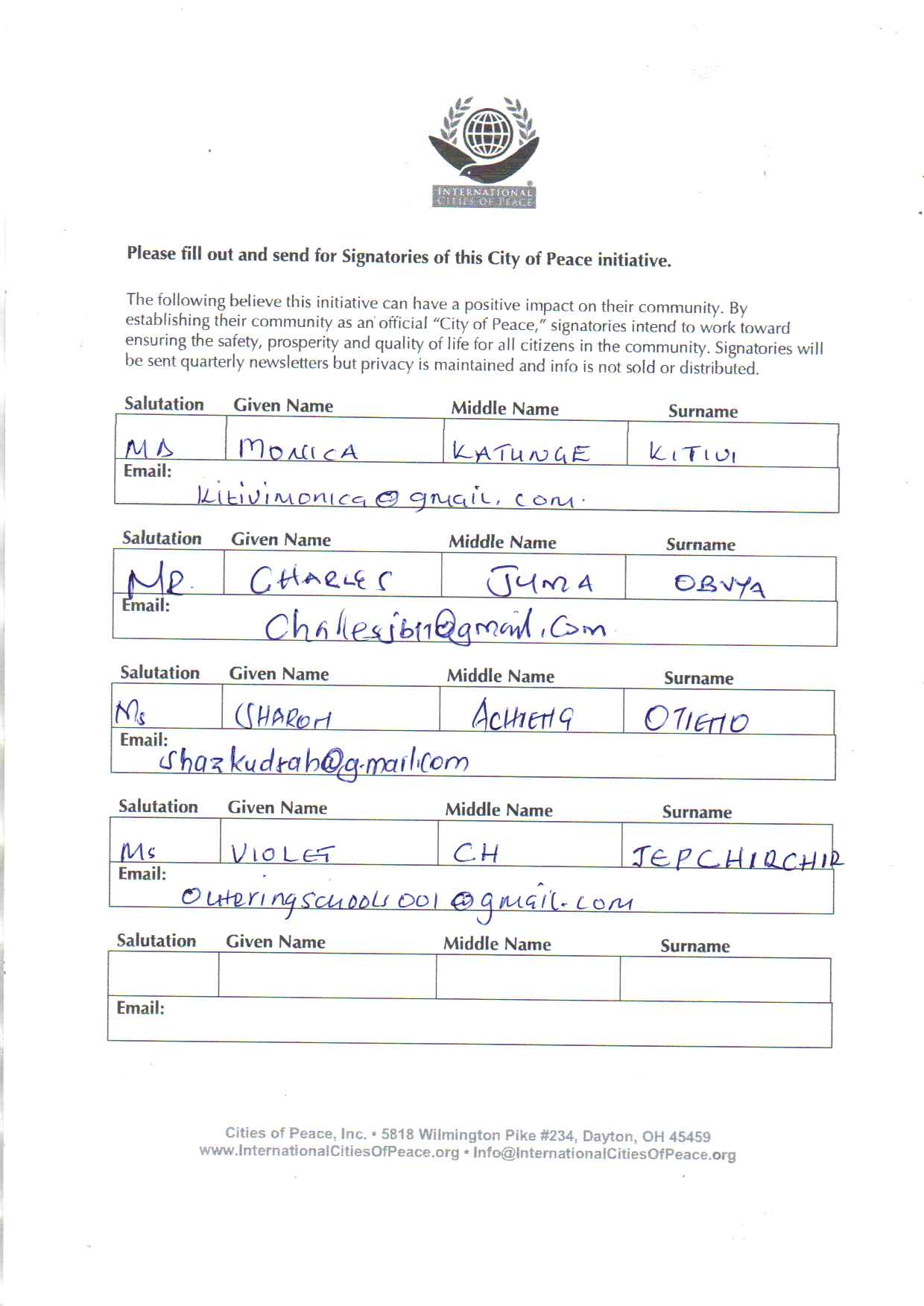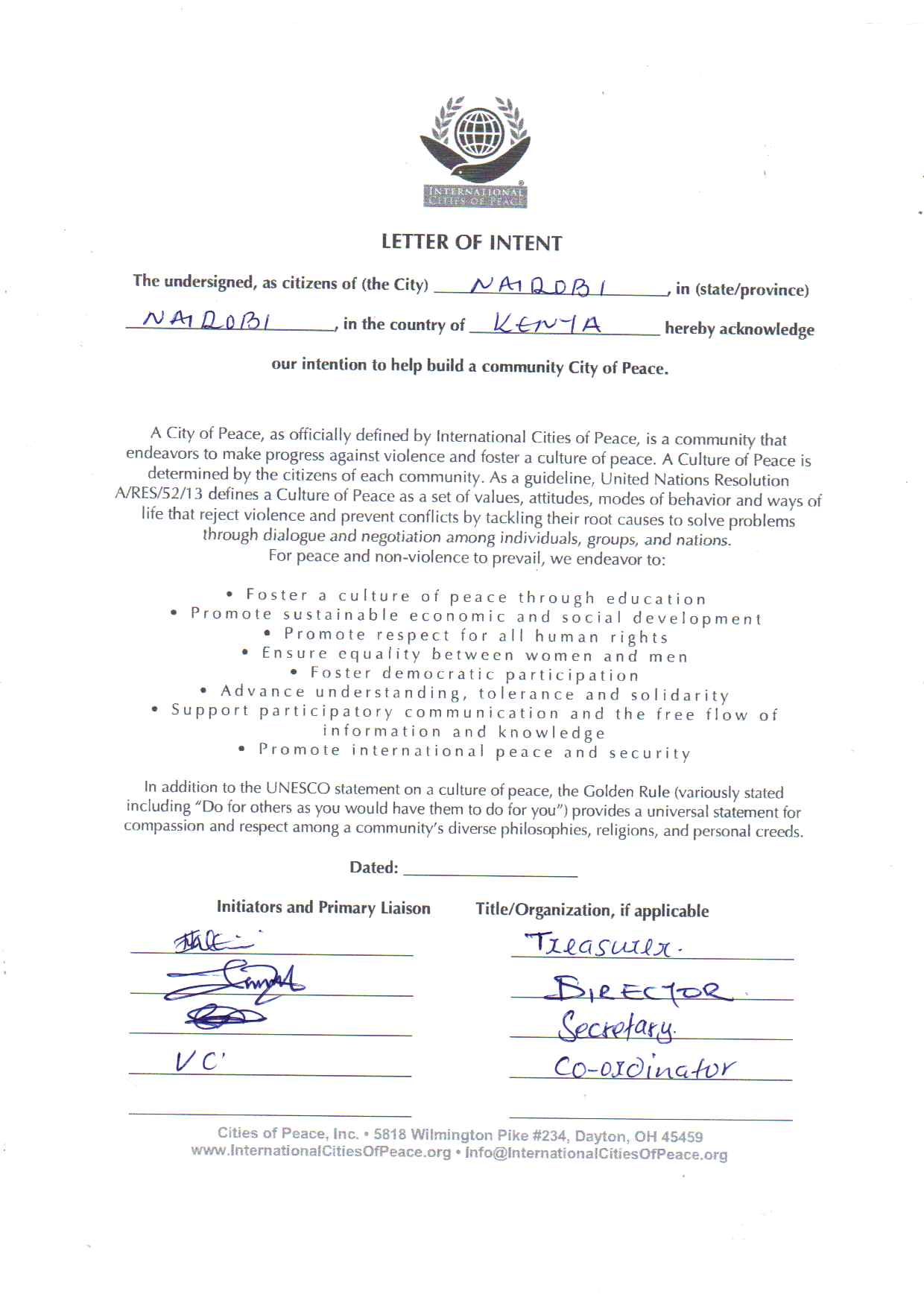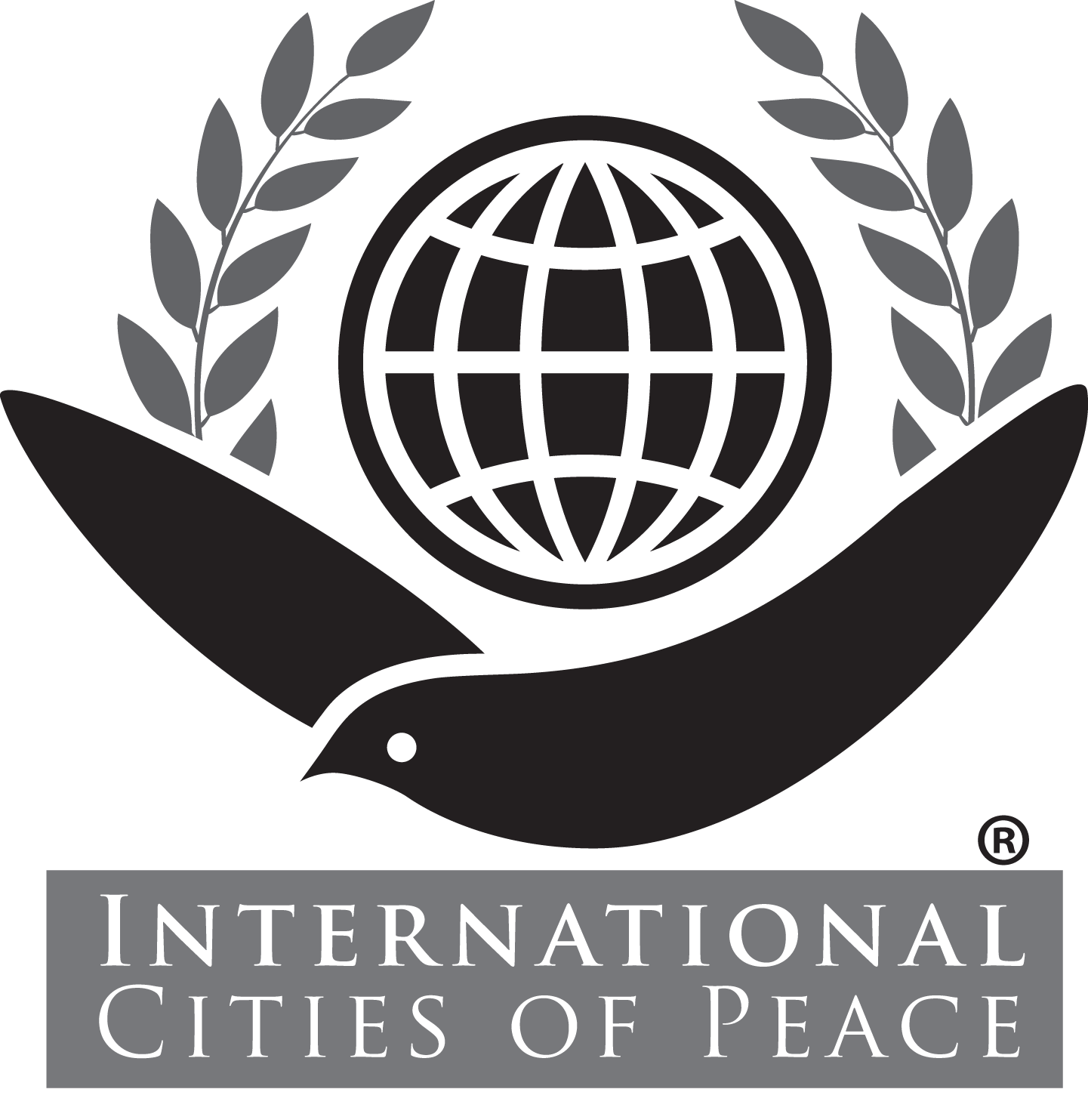Kiambiu, Nairobi Province, Kenya: International City of Peace
We welcome Charles Juma, Director of the Outering Schools in Kiambiu, Nairobi, Kenya, which Charles and his colleagues have established as an International City of Peace.
We the Outering Education Centre (OEC), a Community Based Organization was established in 2004 as anon formal education center and later got formally registered by Ministry of Gender, Youths and Social services in 2010 (Copies attached) to enable students/pupils and youths surrounding from the surrounding estate get access to affordable quality education. This is in spite of the free education offered by the government run schools which are reeling with pressure from high enrolment that has compromised education quality.

Our core areas are:
1. Education ( Pr-school,Primary snd High School),
2.Peace building through various community projects notably Share-Ameal with Needy Children initiative in the slums
2. Youth empowerment .
Note: Introduction page with information primarily at the time of joining International Cities of Peace. For updates, please contact the liaison.


The Outering Education Centre (OEC) is a Community Based Organization was established in 2004 as a non-formal education center and later was formally registered by Ministry of Gender, Youths and Social services in 2010 to enable students/pupils and youths surrounding from the surrounding estate have access to affordable quality education. This is in spite of the free education offered by the government run schools which are reeling with pressure from high enrollment, which has compromised education quality.

The centre has three main constituents:
1. Outering Education Center– Pre&Primary School – 12 students (Competency based Education)
2. Outer-ring High School – 181 students (8-4-4 System)
3. Avant-Garde High school – 87 students (8-4-4 System)

Education remains one of the key indicators of human development. It is a fundamental requirement for growth and development of a nation. A growing country needs not only healthy and strong citizens, but also citizens who are literate and educated to enable it make the best use of its resources. Long term human resource development relies heavily on primary education to levels where professionals, doctors, engineers, surveyors, lawyers, architectures, economists and teachers among others are groomed ready for nation building. Moreover, the general level of literacy in a country facilitates the understanding and implementation of Government’s policy matters among the civil population thereby accelerating growth and development.

In Kenya, like most African Countries, education and literacy programmes were first introduced by the missionaries. This is evident by the number of schools run and managed by religious based Organizations. Later, the colonial Government in an effort to improve the quality of local man power introduced the first public schools. In spite of these efforts, the development of these early schools were Hampered by low enrollment as a result of cultural beliefs, traditions and general resistance to alien programmes by the local communities. With the achievement of independence, there was Substantial Change in attitude towards learning as the post colonial Government strived to put in place solemn Educational programmes including the expansion and construction of new schools
By the end of 1964, the country has 717 primary and 141 secondary schools. There was a polytechnic and a constituent College of the University of East Africa. With the rise in population coupled with the increased awareness, the quest for education enormously expanded. At the end of 1993, there were 14, 491 primary and 2, 654 secondary schools in the country. Polytechnics increased to the three while the Number of other middle and tertiary college stood at 250. The number of universities on the other hand increased to nine of which four were registered as private institutions.
Despite this remarkable growth in educational facilities. Population pressure and the quest for learning have continued to erode the adequacy of these facilities. The immediate challenges are accessing decent formal education by the less privileged and vulnerable school age going children. These are mainly children whose parents cannot afford high school fees, orphans, children from broken families and former street children. In an effort to ease pressure on available resources in this sector, the Government endorsed a policy framework to encourage participation of private sector to supplement its input.

Against this background, a young proprietor, Mr. Charles Juma, an orphan himself who got educated by well wishers and who is also a teacher by profession saw the dire need of the orphans in the slums and decided to abandon a government paying job to establish thus an organization called Outering Education Center to help promote the education for boys and girls from less fortunate area such as Mathare Korogocho, Kariobangi, Huruma, Dandora, Ngomongo, KCC, Ummoja3, Umoja, Uhuru, Kiambui and Outering Estates .
The organization operates the mother school the Outering High School in Kariobangi south estate off Outering Road, which has since helped educate more that 150 orphans and needy children since 2004 both in primary and tertiary level.
In 2015 the organization established yet another school Avant-Garde High School in Kiambui slums, and to cater for the needs of all cadre of school going children, the organization established the Outering primary school in 2021 within the same Kiambui estate.


ABOUT THE LIAISON
My name is is Charles Juma the director of outering education center(Outering schools). Outering has and continues to be home for many needy and vulnerable children seeking education.


CONTACT INFORMATION
ABOUT KIAMBIU, NAIROBI, KENYA (from Wikipedia)
Kiambiu (sometimes spelled as Kiambio) is a slum in Nairobi, Kenya with 40–50,000 residents. Kiambiu is 4 kilometers east of the center of Nairobi. Its name comes from the Swahili word “mbiu-mbiu”, which translates as “to be on the run”.
Kiambiu slum borders the Moi Air Base (Eastleigh Airport).
Of all slums in Nairobi, Kiambiu is the most recently established with a greater accessibility in pathways, drinking water resources and waste handling; these are major challenges to most slums in Kenya.
Slum upgrading is underway under a conglomeration of sector players in the informal settlement. It is viewed that basic needs such as water provision, sanitary waste management and access roads will be provided in the next five to seven years.
A local NGO called “Maji na Ufanisi” (“Water and Development”) in liaison with local and bilateral development partners is actively involved in formulation of solutions and
Note: If information or photos used here are copyrighted, please contact us and we will immediately delete the copyrighted material.

